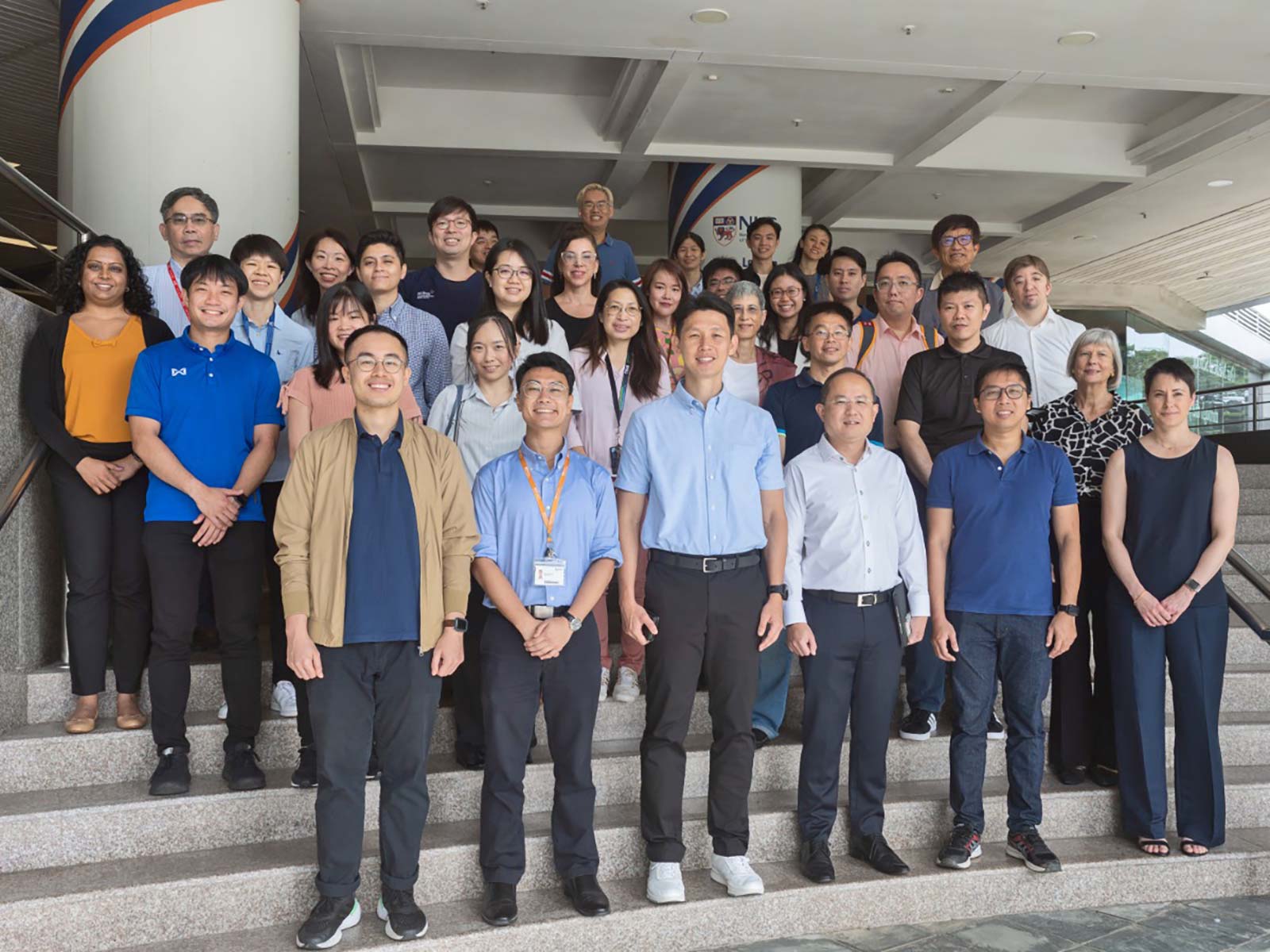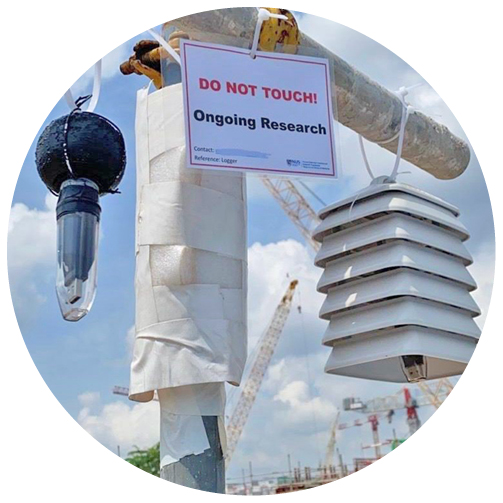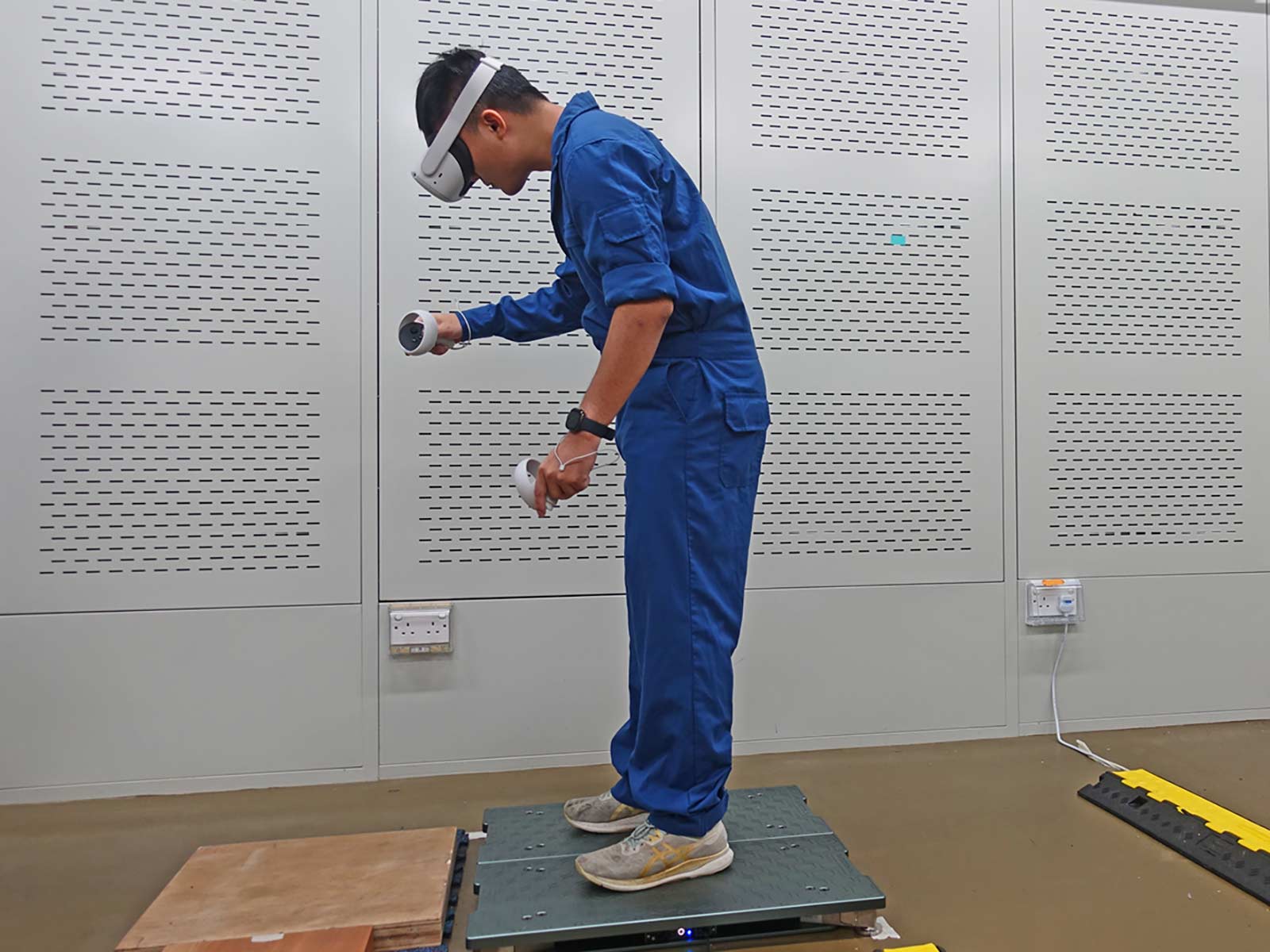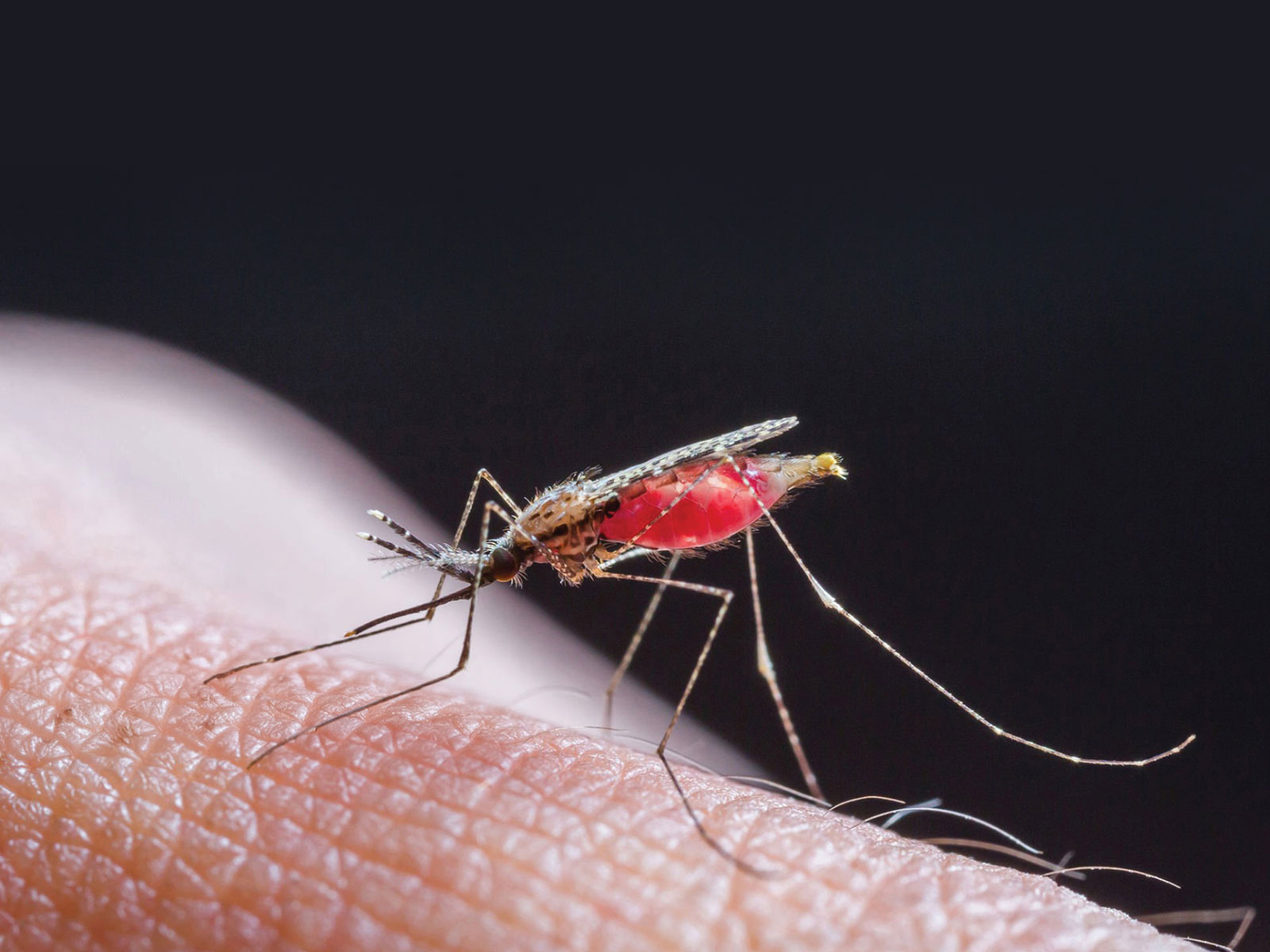
Issue 51
Aug 2024
SCIENCE OF LIFE

How much of an impact and influence does heat stress have on one’s health, work productivity and even the economy?
Led by Lead Principal Investigator Associate Professor Jason Lee, Deputy Director of the Human Potential Translational Research Programme (HPTRP), and Director of the Heat Resilience and Performance Centre at the Yong Loo Lin School of Medicine, National University of Singapore (NUS Medicine), Project HeatSafe is the first large-scale study in Singapore and the region aimed at investigating the impact of rising heat levels on the health, productivity and well-being of occupational workers in tropical climates such as Singapore, on an individual level, as well as the impact of heat stress on a macroeconomic and national level.
According to the Third National Climate Change Study by Singapore’s Centre for Climate Research Singapore, there will increasingly be more warm nights, on top of hotter days1. Occurrences of high heat stress will significantly be more frequent than occurrences of moderate heat stress.

The team behind Project HeatSafe.
The findings from Project HeatSafe give a multifaceted perspective of how heat stress will lead to detrimental impact and consequences on the individual, from compromised decision-making, cognitive capacities and productivity, to affecting one’s health and well-being in areas such as fertility and pregnancy outcomes, as well as on a macroeconomic scale, specifically labour and economic productivity.
Funded by Singapore’s National Research Foundation, the key partners of Project HeatSafe include the Singapore-ETH Centre, Singapore Ministry of Manpower, and Workplace Safety and Health Institute as well as overseas institutions such as the Health and Environment International Trust, Tsinghua University, Vietnam Military Medical University, Institute of Technology of Cambodia and Seoul National University.
Associate Professor Jason Lee said, “Project HeatSafe seeks to understand the complex threats that extreme heat exposure poses to human health, well-being and work productivity in tropical countries, such as Singapore, and find sustainable and scalable solutions to mitigate and reduce the growing impact of heat stress. Given our strategic location, and expertise in heat stress management, Singapore is well-placed to lead the way in developing and deploying solutions to counter the complexities of increasing heat stress and help individuals, communities and society as a whole, thrive in this warming world.”
Different research studies which make up Project HeatSafe

An environmental logger used to measure WBGT.
I. Environmental Monitoring at Workplaces
The wet-bulb globe temperature (WBGT) is a measure of heat stress in direct sunlight, which considers humidity, air temperature, wind speed and solar radiation.
In a study of 24 indoor and outdoor workplaces, the team from HPTRP placed WBGT monitors at workplaces around the island to measure the hourly WBGT and compared the readings against the hourly WBGT captured at the nearest weather stations. They focused on the hourly time points during working hours, from 7am to 7pm.
S$21
per worker or about
24%
of the daily median salary every hot day
Notably, the consistency of measurement between WBGT heat stress risk levels at the weather station and workplace declined with increasing heat stress.
This observation is significant, as workers could be exposed to higher heat stress levels at the workplaces than what is reported by the NEA weather stations. If unmonitored, the workers could be unduly exposed to heat for long periods and succumb to heat strain.
II. Impact of heat stress on indoor and outdoor construction workers
A total of 79 indoor and 76 outdoor construction workers were profiled during a 9-hour work shift and interviewed on their work experiences and perceptions of heat stress.
It was found that both indoor and outdoor construction workers experienced low physiological strain overall, despite varying WBGT levels, likely due to their ability to self-pace. However, some workers displayed prolonged high thermal strain, specifically a body core temperature above 38 degree Celsius.
III. Impact of heat stress on health, well-being and productivity
Through surveys with 355 workers and 214 employers in Singapore, the team found that the higher the physical and mental exertion faced in the job role, the higher the productivity and economic losses.
It is estimated that for every hot day, the reduced workers’ productivity during working hours (i.e., presenteeism) translates into a median income loss of S$21 per worker, which is about 24% of the daily median salary of the surveyed workers.
IV. Impact of heat stress on cognitive capacity and decision-making
Using a Virtual Reality task, 18 healthy men were tasked to complete welding and plank-walking, tasks typically executed at construction sites under three different WBGT—25 degree Celsius, 28 degree Celsius and 32 degree Celsius.
A combination of high body core temperature, high skin temperature and increased heart rate, causes a reduction in postural balance during attention-demanding tasks, which can lead to reduced productivity and cognitive capacity, resulting in impaired decision-making and a higher risk of injury.
V. Impact of chronic extreme heat on fertility and pregnancy outcomes in Singapore
Led by Principal Investigators, Assistant Professor Huang Zhongwei and Associate Professor Chan Shiao-Yng from NUS Medicine, the team collected sperm samples from 818 men to analyse for risk of low sperm quality. From analysing sperm samples from 818 men, they found that there was a higher risk of low sperm concentration and low sperm count in men who were exposed to extreme heat 15 to 69 days before their semen was collected.
Based on survey responses from over 300 women, the team saw indications of protective measures taken by pregnant women against heat, but the level of adoption of these measures was less for women who already had children at home. Behaviourally, the proportion of respondents who spent less time outdoors on hot days, increased by 12% from the first trimester to the third, and the proportion who exercise less on hot days also increased by 11%.
expected to cause
economy-wide
output loss of
S$2.22 billion
The team also analysed birth records of over 30,000 mothers over the three pregnancy trimesters for risk of preterm birth and small-for-gestational age birth. While the researchers found there is a lower risk of small-for-gestational-age births occurring among ethnic Chinese women, the risk was higher among ethnic Malay women in their second trimester of pregnancy.
VI. Macroeconomic impact of heat on labour productivity losses for industries
This study evaluated the macroeconomic impact of heat on labour productivity among 42 industries to the Singapore economy, classified into four sectors—services, manufacturing, agriculture, and construction.
In 2018, the total average annual percentage reduction in productive working time due to heat in all four sectors was on average 11.3%, which caused a total economy-wide output loss of S$1.18 billion. This percentage is forecasted to increase to 14% in 2035, causing an economy-wide output loss of S$2.22 billion.

A participant completing a welding simulation task using a virtual reality headset in the climatic chamber.
Project HeatSafe seeks to understand the complex threats that extreme heat exposure poses to human health, well-being and work productivity in tropical countries, such as Singapore, and find sustainable and scalable solutions to mitigate and reduce the growing impact of heat stress. Given our strategic location, and expertise in heat stress management, Singapore is well-placed to lead the way in developing and deploying solutions to counter the complexities of increasing heat stress and help individuals, communities and society as a whole, thrive in this warming world.”
Singapore experienced daily maximum temperatures exceeding 35 degree Celsius 21.4 days per year on average in the last 40 years. By the end of the century, we will see between 41 and 351 days per year on average of such high daily maximum temperatures. From an average of 76 nights per year in the last 40 years, Singapore could experience warm nights exceeding 26.3 degrees Celsius most nights in the year by the end of the century.
More from this issue
A WORLD IN A GRAIN OF SAND
Tiny Foes, Global Struggle The Unending Battle Against Malaria



